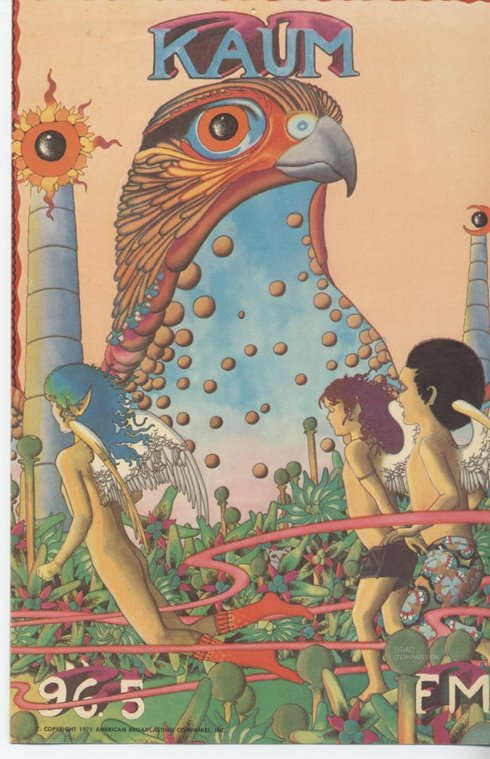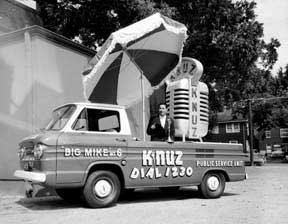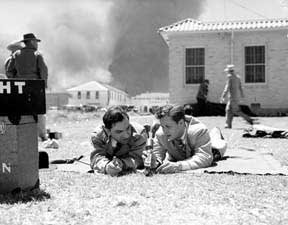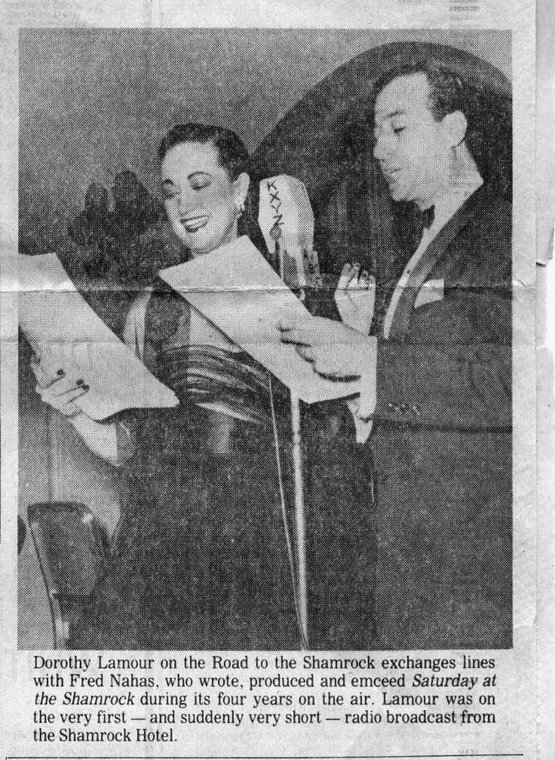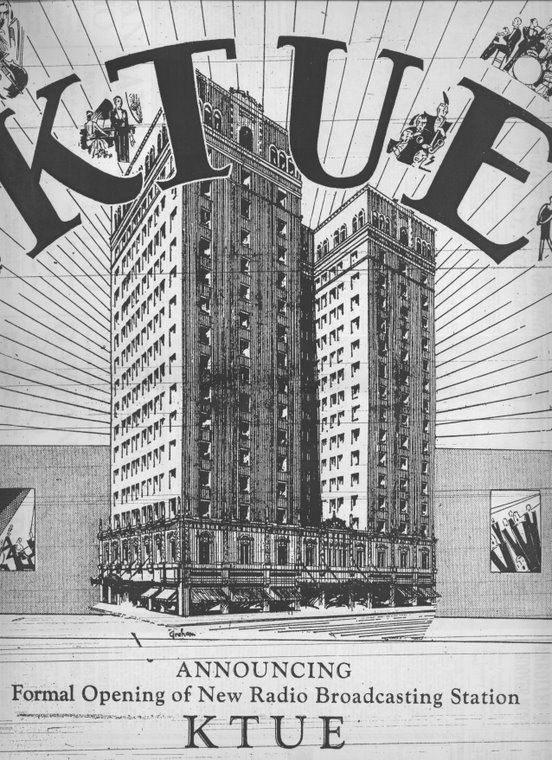WHAB, Galveston's First Station
The license for WHAB, Galveston’s first radio station, was issued by the Commerce Department on June 29, 1922, to Clark W. Thompson, president of Fellman’s Department Store. A radio department had recently been opened on the ground floor of the store at 22nd and Post Office.
The Galveston Daily News carried no notice of the license on June 30 but Fellman’s ads for that day announced the store would be hosting a radio concert at 10:30 for the benefit of the membership drive of the Galveston American Legion Argonnne Post # 20. The concert would be broadcast by the government station at Fort Crockett and Fellman’s would receive it and ‘broadcast’ it over loudspeakers in the store.
The Ben C. Doherty Co. also would host the concert. Doherty’s bragged they had bought all their radio equipment from Fellman’s.

On Sunday July 2, Fellman’s was ready to begin it’s own broadcasts and the Daily News carried the story on page 1. The first offering at 10am would be a sermon by Reverend Raimundo DeOvies of Trinity Episcopal Church.
Plans for the new operation included market reports, concerts and baseball results. The Shrine Band would also be performing and Mr. Thompson had already offered the use of the station to the Galveston Police Department for broadcasting crime reports, a partnership which he noted had been tried in numerous large cities elsewhere with excellent results. Cotton reports would be obtained form the W.L. Moody Co., in-laws of Mr. Thompson, and market reports from C.P. Munn and Co. Weather reports would be offered daily at 9:45am and 5:15 pm. Ora W. Chancellor, formerly a chief radio electrician in the Navy, would be in charge of the station and Fellman’s radio department.
The New’s account of the first broadcast in it’s Monday edition bragged that despite the temptation of being able to listen to a sermon without even getting out of bed, churches across the island had been packed on Sunday. Rev. Ovies said that he had purposely chosen an undenominational message for his talk since it was the first ever broadcast from the island and reported the phone at his home was ringing as soon as he opened the door and had rung throughout the afternoon with calls from across the island as well as Texas City, Alvin and points beyond congratulating him and commenting on the excellent reception. Mr. Thompson stated that the station was operating at only 1/10th power.
In response to a question from the reporter, De Ovies said he did not think radio sermons would ever supplant church attendance because radio had no ‘personality.’
During the first week of operation WHAB broadcast another concert benefitting soldiers at Fort Crockett, a children’s story teller, the Sandman, was brought on board to appear each evening, and the Galveston Police exchanged fingerprint and stolen car information with the Houston Police through a Houston station (possibly WGAB but not named). The Elks were holding a convention on the island and a concert by the Dallas Elks band was also aired. The First National Bank installed speakers so its customers could hear the stock reports and on Saturday evening, July 8, WHAB aired a program consisting entirely of Edison reproductions.
A second church service was broadcast on Sunday, July 9, this time from the First Methodist Episcopal Church. The question of whether radio sermons would mean people wouldn’t bother to go to church anymore seemed to be of particular concern to the Daily News. In its roundup of church activities in it’s Monday edition the paper once again took pains to point out that churches across the island had been full on Sunday despite the advance notice of the availability of a radio sermon.
On the 11th, the paper reported on the Radio Club meeting at Fellman’s. Thirty five had attended and officers had been elected and a committee was put to work drafting a constitution.
Curiously, Fellman’s seems never to have mentioned WHAB in it’s ads but in Galveston as in Houston and elsewhere, other businesses tried to capitalize on the public’s fascination with the new medium. Just a week after WHAB’s launch, the Purity Ice Cream company touted the addition of a new flavor to its line-up, Radio Custard. You could have a gallon delivered to your home for just $1.50.
as in Houston and elsewhere, other businesses tried to capitalize on the public’s fascination with the new medium. Just a week after WHAB’s launch, the Purity Ice Cream company touted the addition of a new flavor to its line-up, Radio Custard. You could have a gallon delivered to your home for just $1.50.
By the end of the month, Fellman’s had been renamed Thompson’s. Clark W. Thompson was well connected on the island; he had been stationed at Fort Crockett in the Marines and married into the Moody family. After his service he and his wife returned to Galveston to live. On July 28 the paper reported that he and 3 other Galveston businessmen had formed The National Radio Show and Exposition Co., chartered by the State of Texas and said to be the first of its kind in the nation. The company would stage radio expositions around the country, with the first slated for Houston in September, due to be carried by a Houston station (not named). Others were in the planning stages for Dallas, New Orleans and Oklahoma City. National manufacturers would participate as would local radio dealers - it would be like the already popular car shows put on by automobile makers and dealers.
Like another early Galveston broadcaster, George Roy Clough, and Roy Hofheinz in Houston, Thompson entered politics.. In the 30s he was elected to Congress from the 7th Congressional District but stepped down when his district was realigned. During the war he returned to active service, serving in the SW Pacific; after the war he served as director of the Marine Reserves in Washington before returning to Galveston and running for Congress again. He served as the Representative of the 9th Congressional District from Galveston from 1946 to 1966 specializing in Defense issues. He died in December, 1981.
The Clark W. Thompson bio in the Handbook of Texas on-line mentions his early retail experience but omits reference to the fact that he put Galveston’s first radio station on the air.
The images above are from the archives of the Galveston Daily News at the Rosenberg Library, Galveston.



